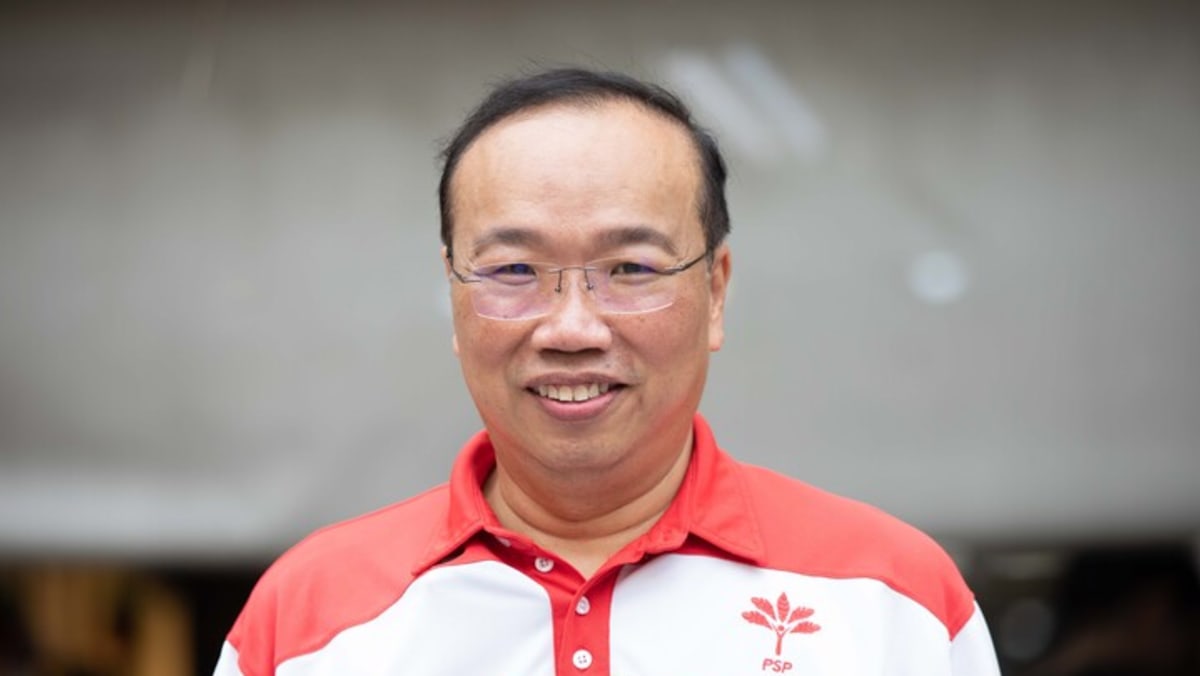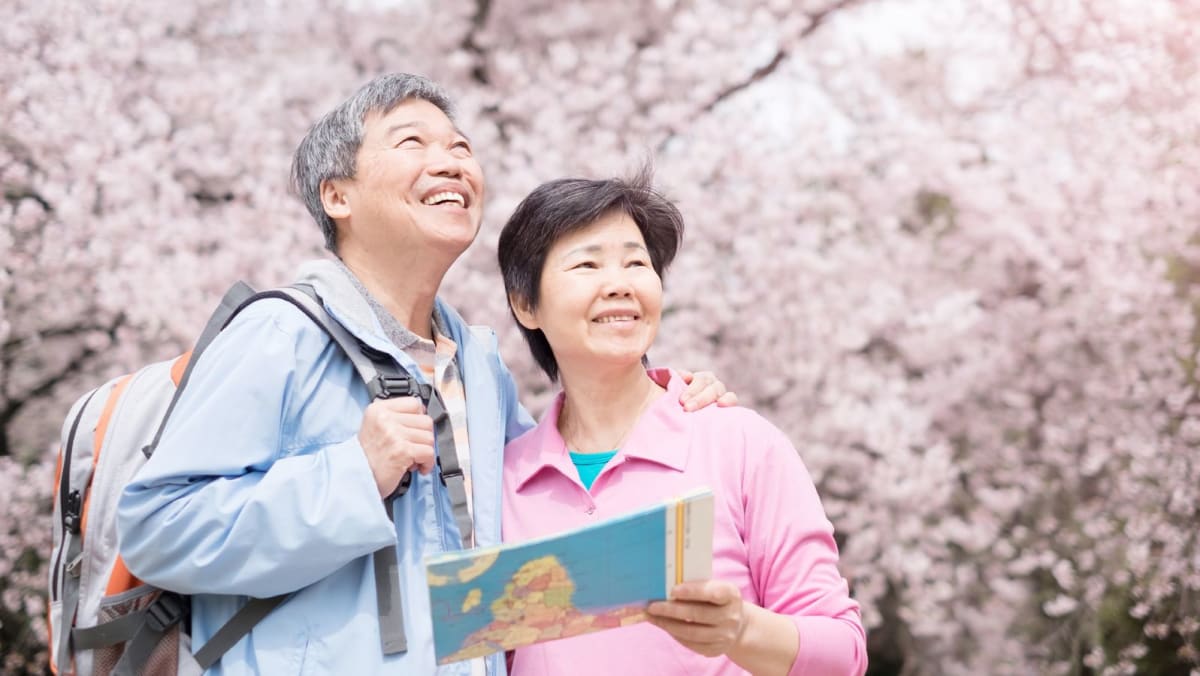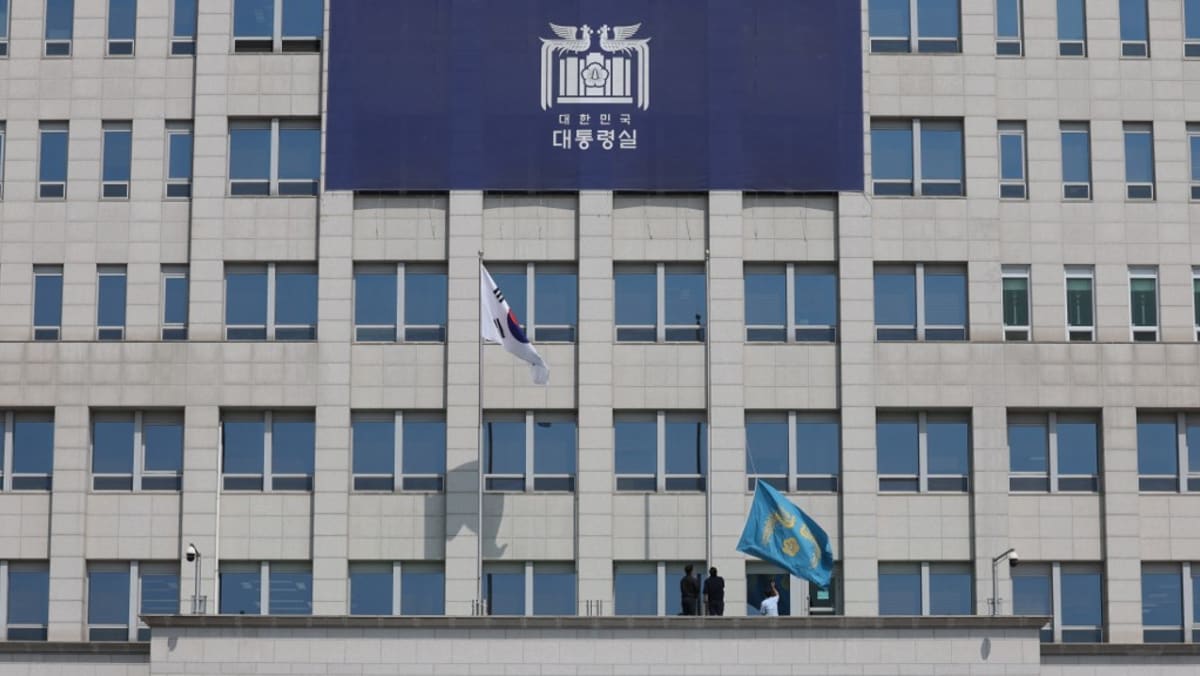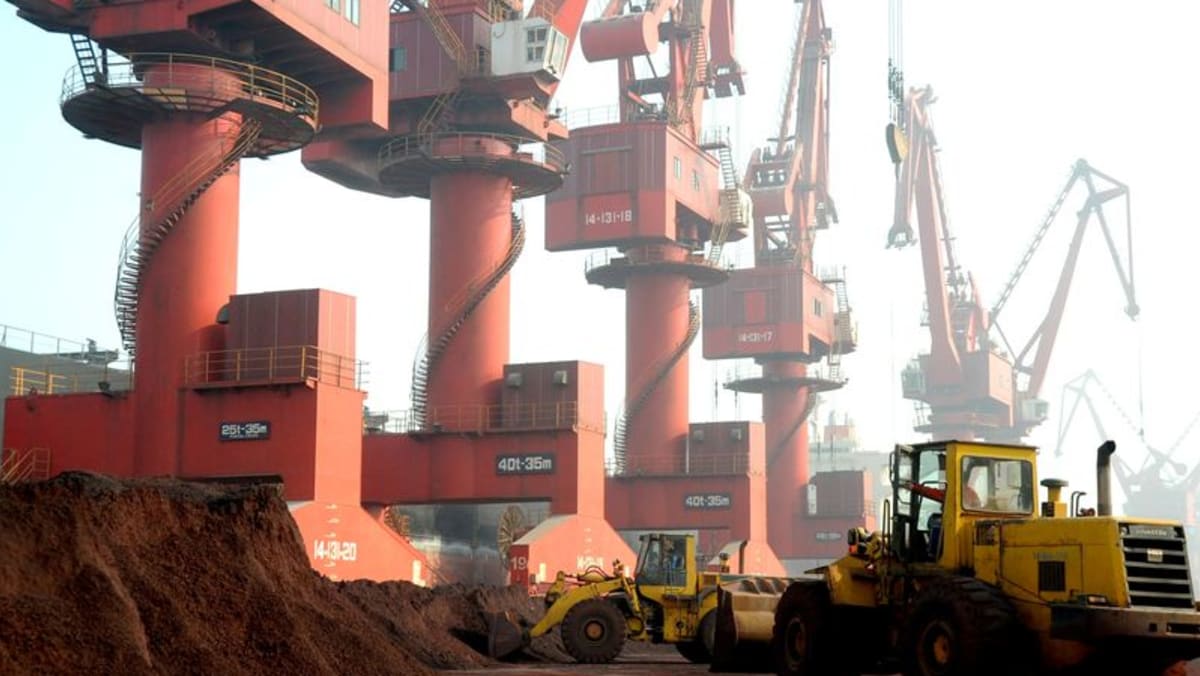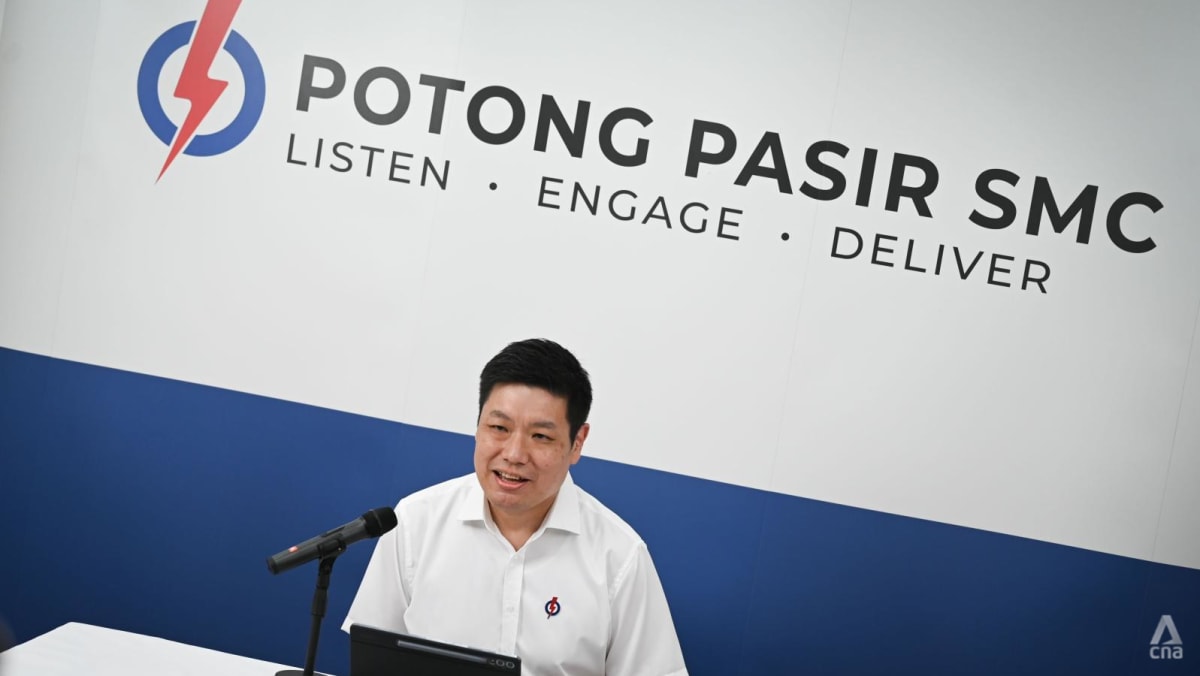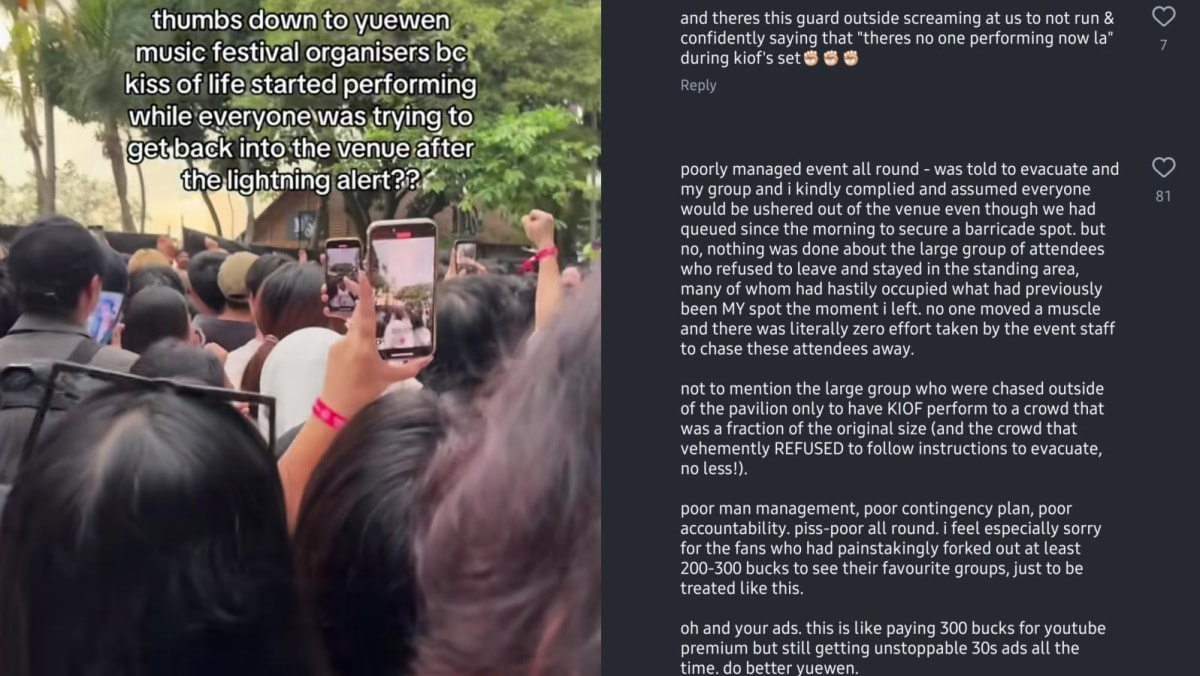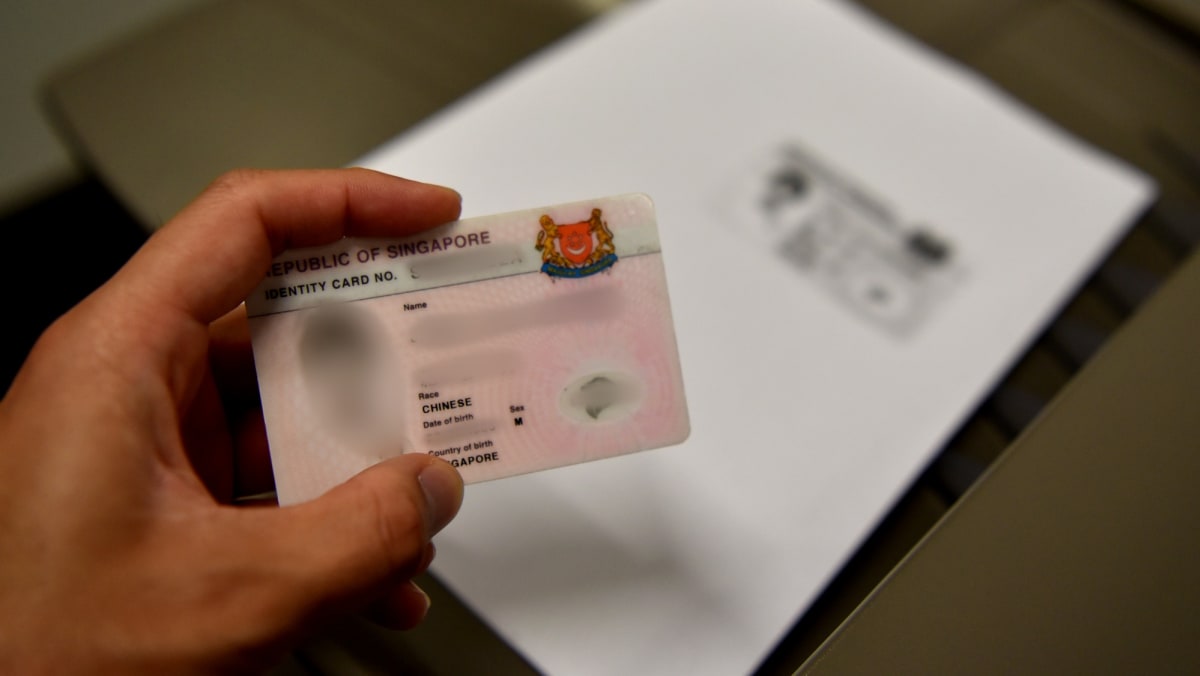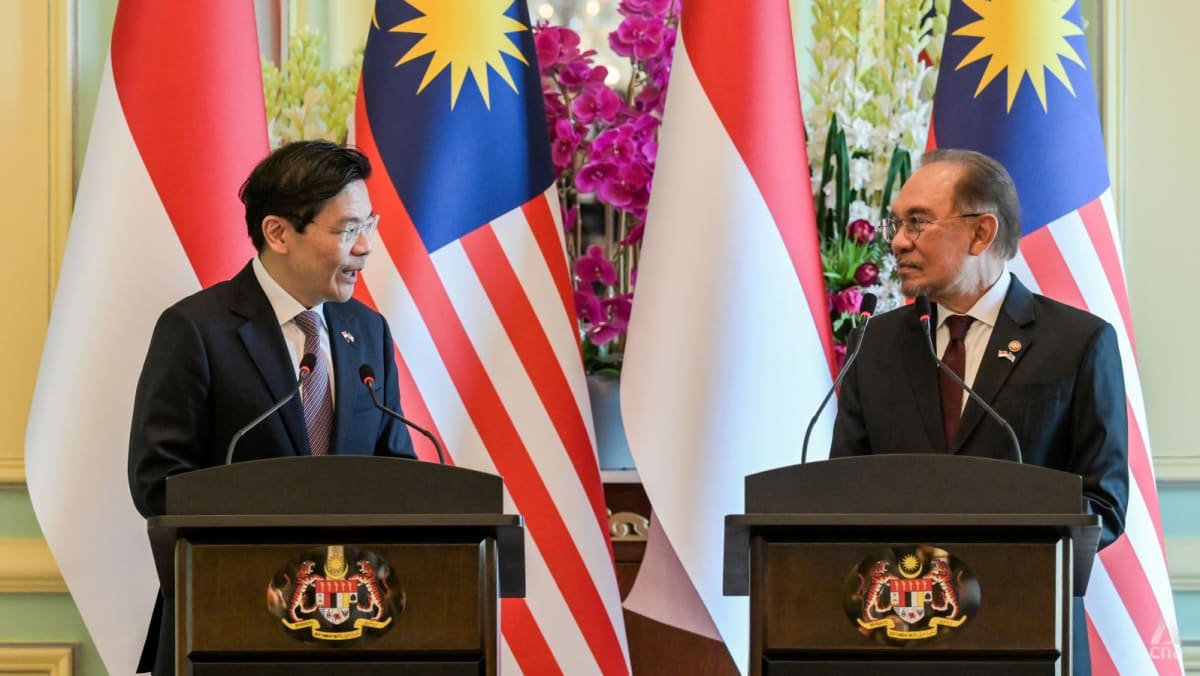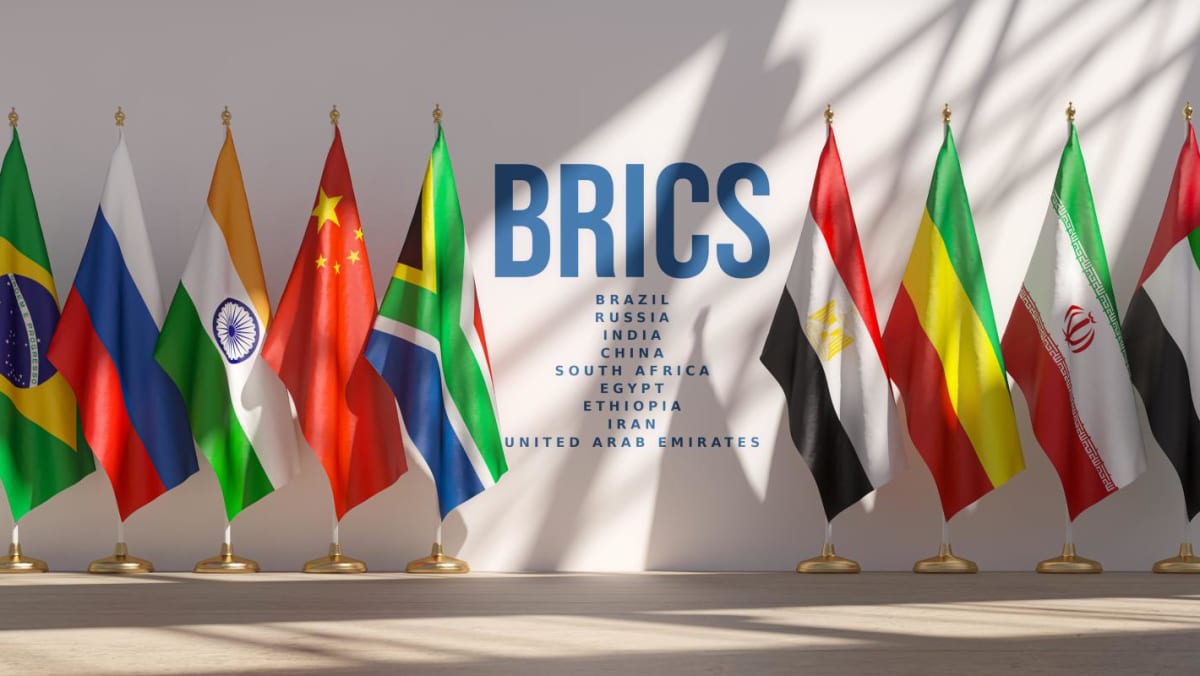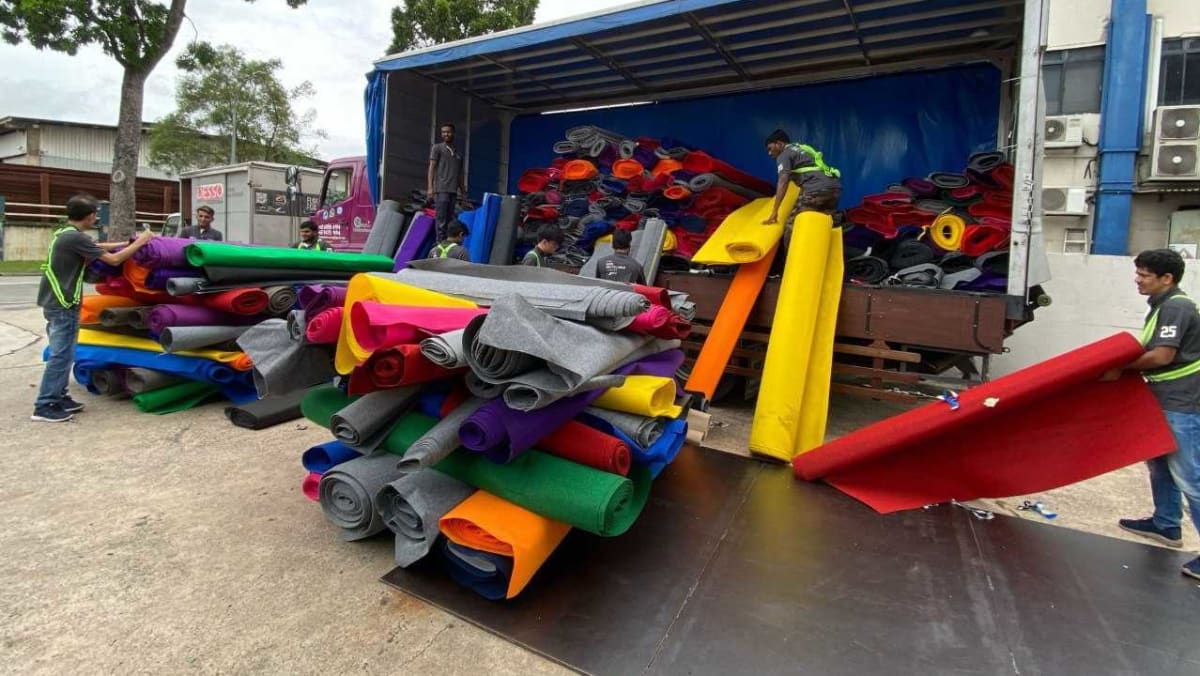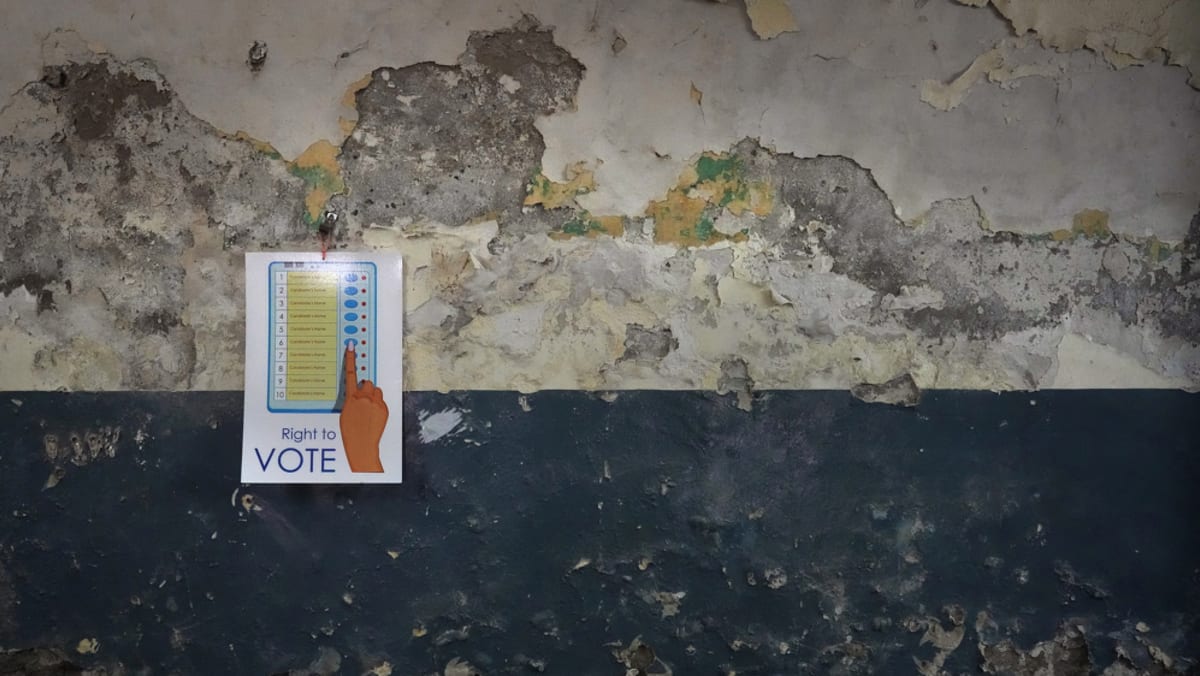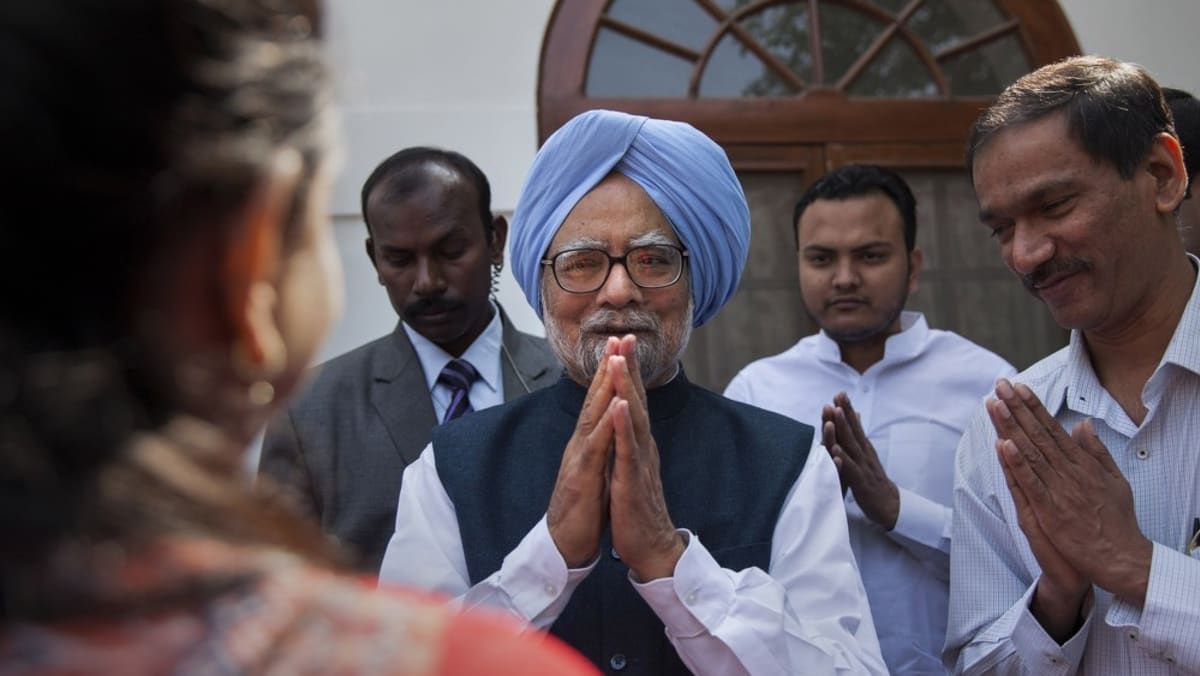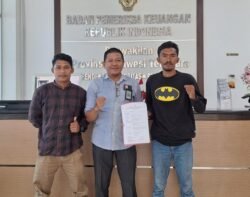When Leo Li Minguang walked into a Zara store for the first time in Japan in 2005, the 32-year-old treasurer at a construction firm was entranced.
Bright lights, thumping dance music and racks of boldly patterned women’s clothes adorned the space. It felt like a fashion show - nothing like the drab department stores he was used to.
“I saw a business opportunity right there and asked how much it would cost me to franchise,” he said. “They told me that wasn’t an option.”
Convinced that there was nothing too complicated about running a clothing business, Li decided to start something on his own.
In 2006, he rented eight cramped stalls in the bustling Grandview Mall in Guangzhou, not far from his hometown, and turned them into one massive shop.
He filled the racks with floral dresses and bell-bottomed jeans while playing foreign music on old CDs. He also gave his shop a snazzy name: Urban Revivo.
Fast-forward 18 years and the brand now has over 400 stores in China, more than twice the number operated in the country by Zara parent Inditex.
In 2024, Urban Revivo’s holding company, Fashion Momentum Group (FMG), reported revenue of 7 billion yuan (US$963.8 million), while its domestic sales on major e-commerce platforms have outpaced Uniqlo’s for two years in a row.
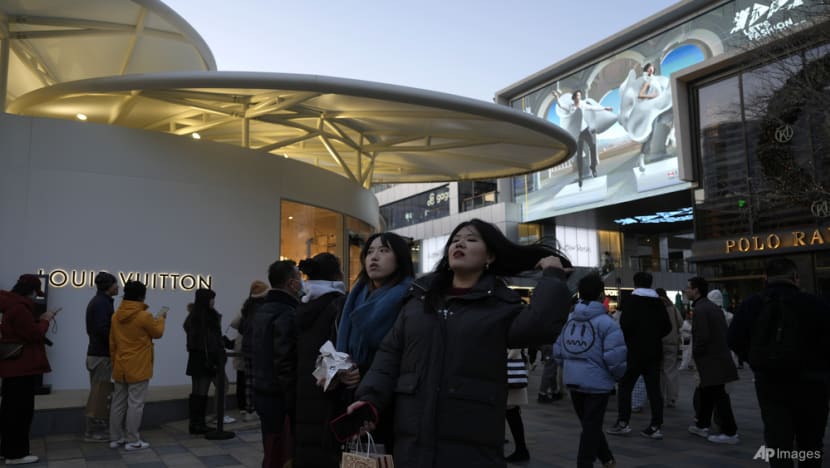 Shoppers visit a popular mall in Beijing on Dec 15, 2024. (AP Photo/Ng Han Guan)
Shoppers visit a popular mall in Beijing on Dec 15, 2024. (AP Photo/Ng Han Guan)
FMG’s ambition now stretches far beyond China’s borders.
At the December opening of Urban Revivo’s largest overseas store in Bangkok, Li said he wanted to build the world’s most influential apparel powerhouse within two decades.
His target is 200 billion yuan in annual sales, with the majority of that coming from international markets. To accelerate this plan, the company, backed by heavyweights like HongShan - formerly Sequoia Capital China - is reportedly seeking to raise US$100 million with a Hong Kong initial public offering (IPO), according to Bloomberg News.
Urban Revivo isn’t alone in wanting to go global. Faced with depressed domestic spending and a property crisis that will not go away, many Chinese firms are looking overseas.
Official data showed China’s non-financial overseas direct investment (ODI) jumped 10.5 per cent from a year earlier in 2024, reaching more than US$143.9 billion. For more than a decade, China has been the world’s third-largest international investor, trailing only the US and Japan.
Consumer and retail companies are at the forefront of this expansion, with revenue from international markets surpassing 600 billion yuan in 2024, up 10 per cent from a year earlier, according to BeyondClick, a digital marketing agency.
A May report by CBRE, a commercial real estate services and investment firm, showed that more than half of the 93 Chinese retailers it surveyed planned to explore or expand abroad.
One key strength that is supporting this growth is China’s vast capacity for manufacturing.
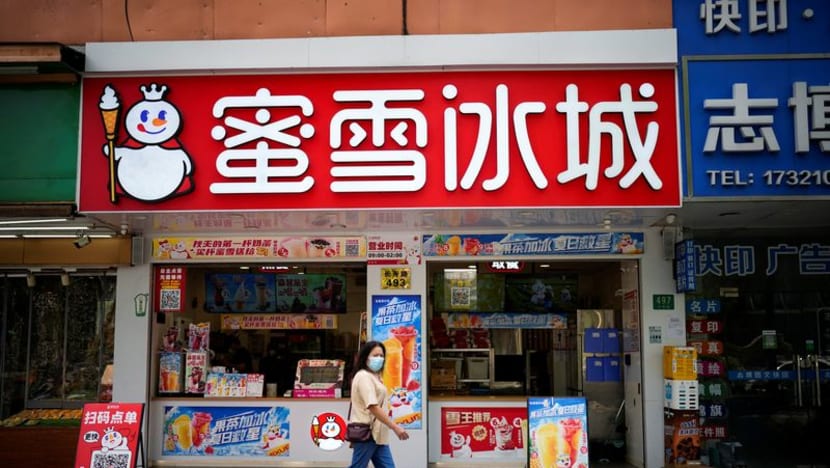 A Mixue Bingcheng shop in Shanghai. (Photo: REUTERS/Aly Song)
A Mixue Bingcheng shop in Shanghai. (Photo: REUTERS/Aly Song)
“China has always had a clear advantage as a manufacturing base, whether it’s in terms of maturity, quality, or cost,” said James Yang, head of Bain & Company’s Greater China retail practice.
“While some Southeast Asian countries may be good for small-batch production, especially from a labour-cost perspective, China still has an absolute advantage when it comes to large-scale manufacturing.”
Urban Revivo is a beneficiary of this industrial heft.
Working with over 100 contract manufacturers in southern China via a proprietary system developed by its team of 160 engineers, the company churns out close to 10,000 product variants annually. Its speed, from design concept to store shelves, has been compressed to just a week in China - outpacing Zara’s two-week average.
Like Urban Revivo, Mixue Ice Cream & Tea, a central China-based bubble tea chain, is also driving its international expansion with the power of the supply chain.
The company has five main manufacturing hubs across the country spanning 790,000 sq m (8.5 million sq ft), which translates into a total annual capacity of 1.65 million tonnes of raw materials, including sugar and tea, according to its latest IPO prospectus.
The scale of the chain, coupled with its vast purchasing network, allows it to negotiate better deals with suppliers and pay less for core ingredients like milk powder and lemons.
As of September, Mixue had over 45,000 stores globally, more than double the tally in 2021, making it the world’s fourth-largest food chain, behind McDonald’s, Starbucks and Subway.
“With all of that production capacity in place, the logical next step would be to export the brands themselves,” said Yang.
But exporting a brand name from China is easier said than done, especially in markets like the US, which has attracted a number of businesses eyeing wealthier consumers and higher margins. One particular challenge is that the distance between China and the US would make a company like Mixue lose some of its supply-chain advantages.
“For bubble tea, you’ll have to localise the purchase of your raw materials,” said Richard Lin, chief consumer analyst at SPDB International, an investment bank. “While this isn’t a very big issue on its own, the implication is that big mainland chains with just a handful of US stores won’t gain a significant edge over smaller local competitors – unless they can scale up quickly.”
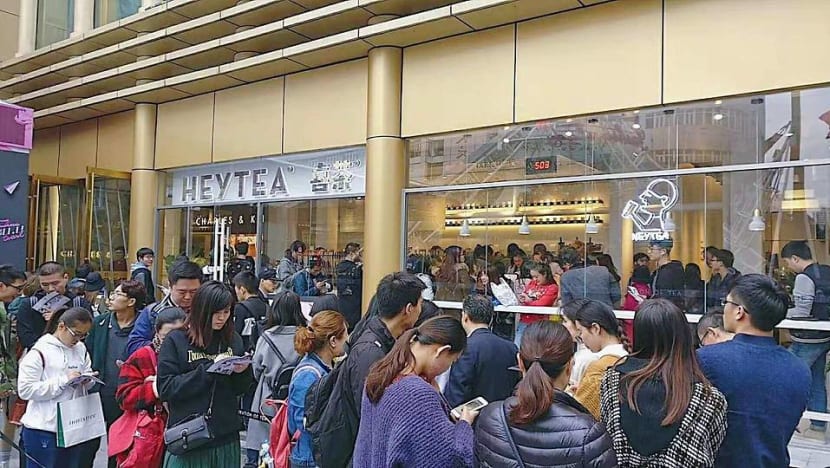 The queue at one of HeyTea's stores in China. (Photo: HeyTea)
The queue at one of HeyTea's stores in China. (Photo: HeyTea)
Of Mixue’s 4,800 overseas branches, nearly 4,000 are in Indonesia and Vietnam, with the remainder scattered around other parts of Asia. The company has no footprint in Europe and the US.
Most mainland Chinese bubble tea chains have chosen Southeast Asia as their first destination for international expansion, drawn by the region’s large ethnic Chinese population and other cultural affinities.
Even Heytea, the brand that has been the most aggressive with its US push, had just 15 stores in the country as of November.
Urban Revivo also has plans to expand in the US this year, and for many retailers like it – those that directly ship finished goods from China rather than sourcing locally – tariffs present a major problem.
According to a January report from Boston Consulting Group (BCG), fashion-related items will be among the Chinese exports “most affected” by a potential 60 per cent tariff surge from the US, with incremental costs expected to reach US$16 billion by 2033.
Together with consumer electronics and electrical machinery, the three categories would need to absorb more than US$99 billion in added tariffs, the group said.
“Although Chinese companies have experience managing US tariff costs, tariffs of this magnitude will have a material impact on business operations,” said Aparna Bharadwaj, managing director and partner at BCG.
She added that an estimated reduction of up to 14 percentage points in companies’ margins on earnings before interest, taxes, depreciation and amortisation could hurt their ability to absorb additional costs, making it more likely that they will pass them on to consumers.
Urban Revivo plans to do just that.
“Our positioning is more ‘mass-market’ at home, but in the future, I’m thinking if the taxes were to increase [in America], we could just raise prices,” founder Li told the Post. “Other brands would do the same.”
Whether the company can pass on additional costs to American consumers without hurting its sales is a big question mark.
Urban Revivo plans to open its first US store in New York this year, and the most immediate challenge for the company is whether it can make a name for itself in this competitive market, head-to-head with well-known giants like Zara, H&M and Ralph Lauren.
“The majority of Chinese retailers that have set foot in the US are targeting the East and West Coasts, where there are large Chinese communities,” said Bain’s Yang. “So if you were to ask me whether any brands have truly won over the hearts of European and American consumers en masse, I’d say we’re not quite there yet.”
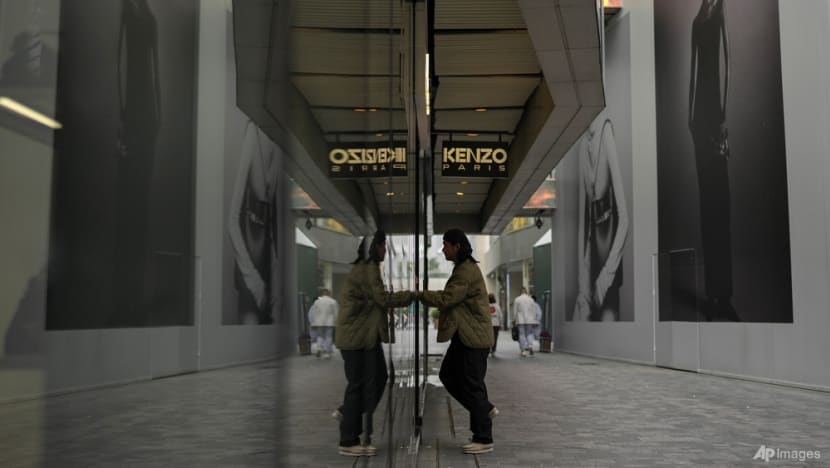 A man walks into a fashion boutique at an outdoor shopping mall in Beijing. (AP Photo/Andy Wong)
A man walks into a fashion boutique at an outdoor shopping mall in Beijing. (AP Photo/Andy Wong)
Many companies have tested the waters and failed.
For example, Bosideng, one of China’s top-selling makers of down jackets, in 2012 shelled out £35 million (US$43.4 million) on a flagship store in London’s West End, the city’s main commercial centre, to power its European expansion. But it had to quietly shut down the store five years later, citing “uncertainties in the local retail markets after Brexit”.
While Bosideng does not break out its overseas revenues in its public disclosures, its latest annual report suggests that the brand has made little headway in the international market, as all 3,217 of its retail stores for branded down apparel were located in China as of March.
“Chinese retailers frequently focus on product features and corporate achievements rather than crafting narratives that appeal to deeper emotional and cultural dimensions,” said Chris Pereira, founder and CEO at iMpact, a brand consulting company.
“This disconnect can make even excellent products feel impersonal and fail to capture the imagination of international customers.”
But Pop Mart, a retailer with an intellectual property (IP)-focused business model that has seen its international revenue skyrocket, could serve as a lodestar for China’s globally-minded entrepreneurs.
The Beijing-based company specialises in creating original figurines and plush dolls for adult collectors.
It signs exclusive deals with artists from all over the world, and these collaborations have spawned blockbuster toys such as “Molly” and “Labubu,” with the latter gaining high-profile fans like Lalisa “Lisa” Manobal from K-pop group Blackpink.
As the toys’ popularity surged, so did Pop Mart’s sales: In the first half of 2024, its sales from overseas markets shot up 260 per cent from a year earlier, reaching US$189 million. Its overseas sales accounted for nearly 30 per cent of the company’s total, according to its 2024 interim results.
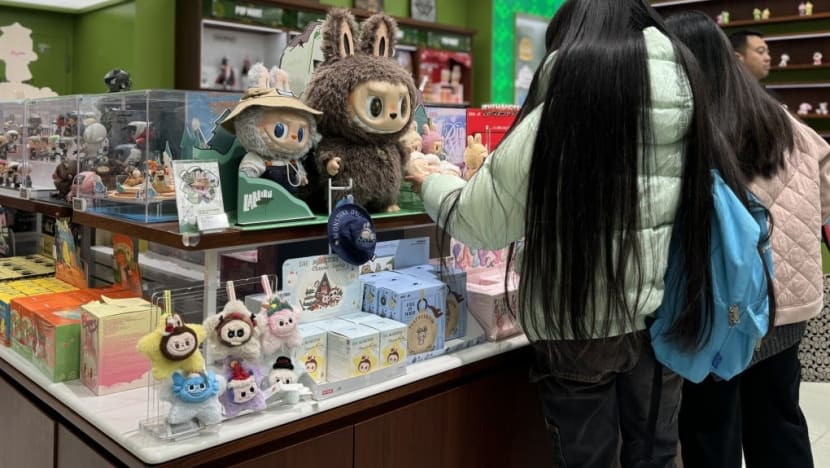 Customers select Labubu toys at a Pop Mart store in Shanghai on Dec 17. (Photo: SCMP/Mandy Zuo)
Customers select Labubu toys at a Pop Mart store in Shanghai on Dec 17. (Photo: SCMP/Mandy Zuo)
Pop Mart’s key strength lies in its ability to incubate and produce “quality IPs”, according to a Huatai Securities report published in October. Between 2017 and 2023, the company “consistently expanded its IP portfolio, producing at least one industry-leading or sub-leading IP each year”.
It now boasts 10 IPs that have generated sales exceeding US$10 million each, and its revenue from outside mainland China is expected to surpass 40 per cent of the total for the last quarter of 2024.
“Through ongoing IP development, the company has embraced a wide array of styles such as cute, Gothic, Japanese anime, hip-hop, and artsy,” the Huatai analysts wrote.
“This approach not only allows it to cater to diverse preferences in the domestic toy market, but also boosts its cultural adaptability across various international markets.”
Over the past 20 or so years, China has gone from being the world’s factory to building global e-commerce giants like Shein and Temu. And now, consumer-focused Chinese companies are gearing up to export their brands and draw global customers into their bricks-and-mortar stores.
Their success or failure hangs in the balance, but one thing is clear: to sustain growth, they must look beyond China’s borders.
“The only Asian apparel retail brand that has managed to build a name for itself on the global stage, achieve scale and be profitable is Uniqlo,” said Urban Revivo’s Li.
“We hope to become the second brand from Asia to do that.”
This article was first published on SCMP.
Source: South China Morning Post/ht



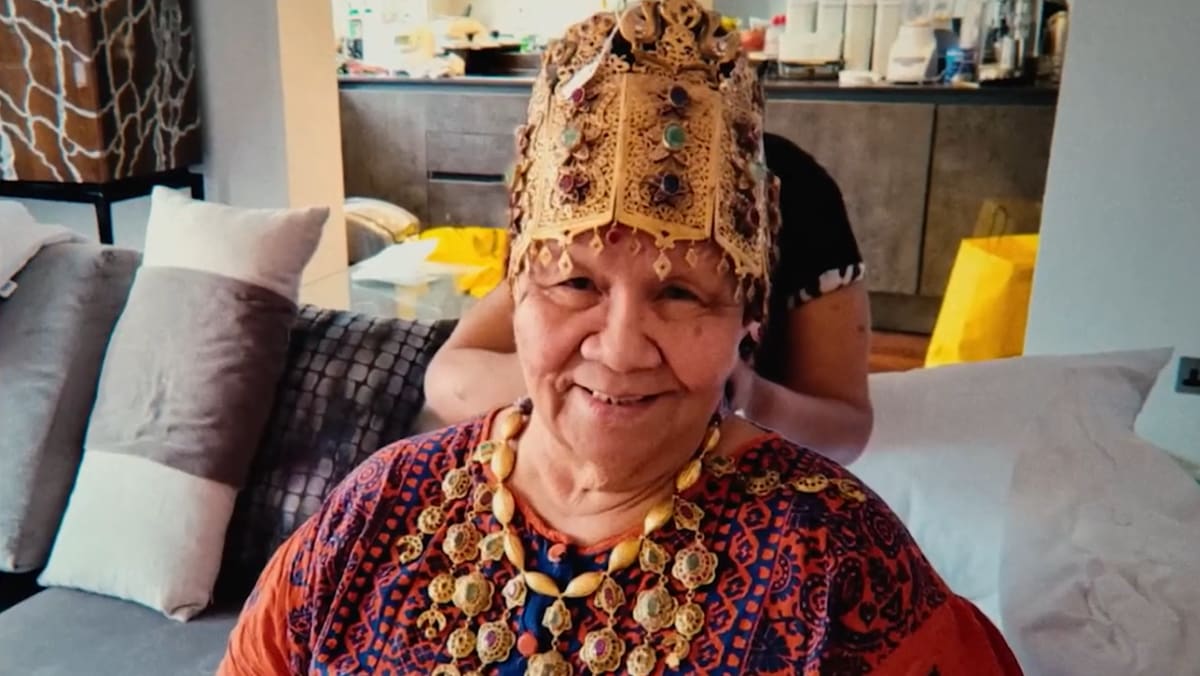
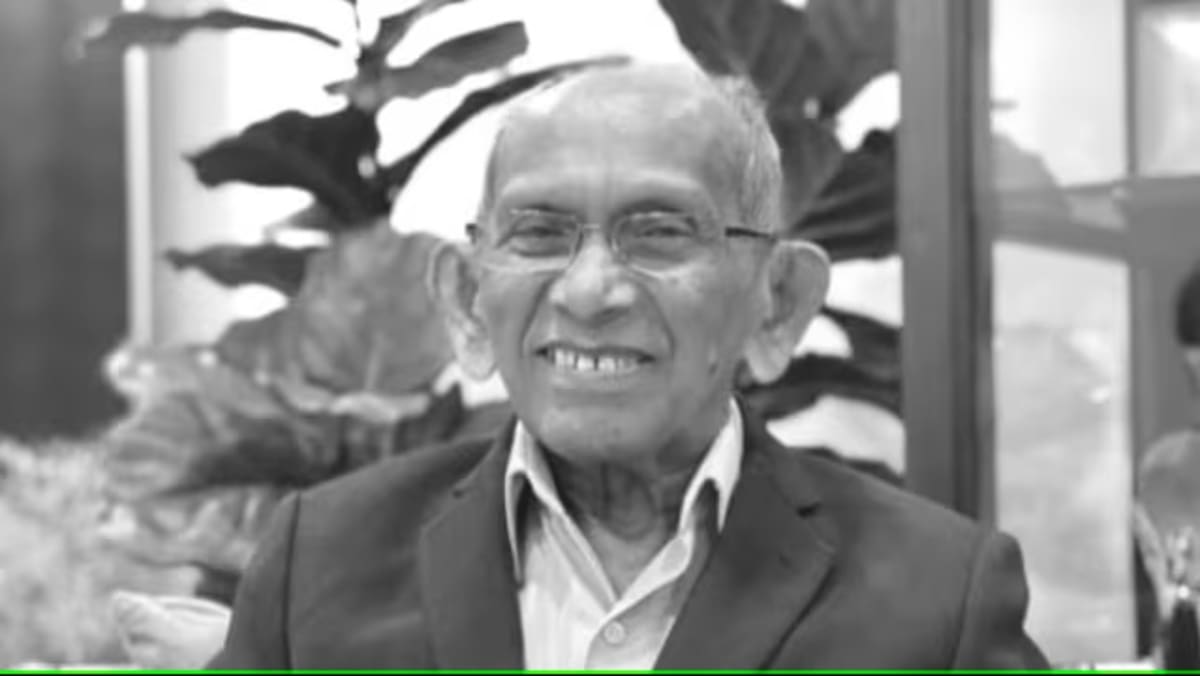

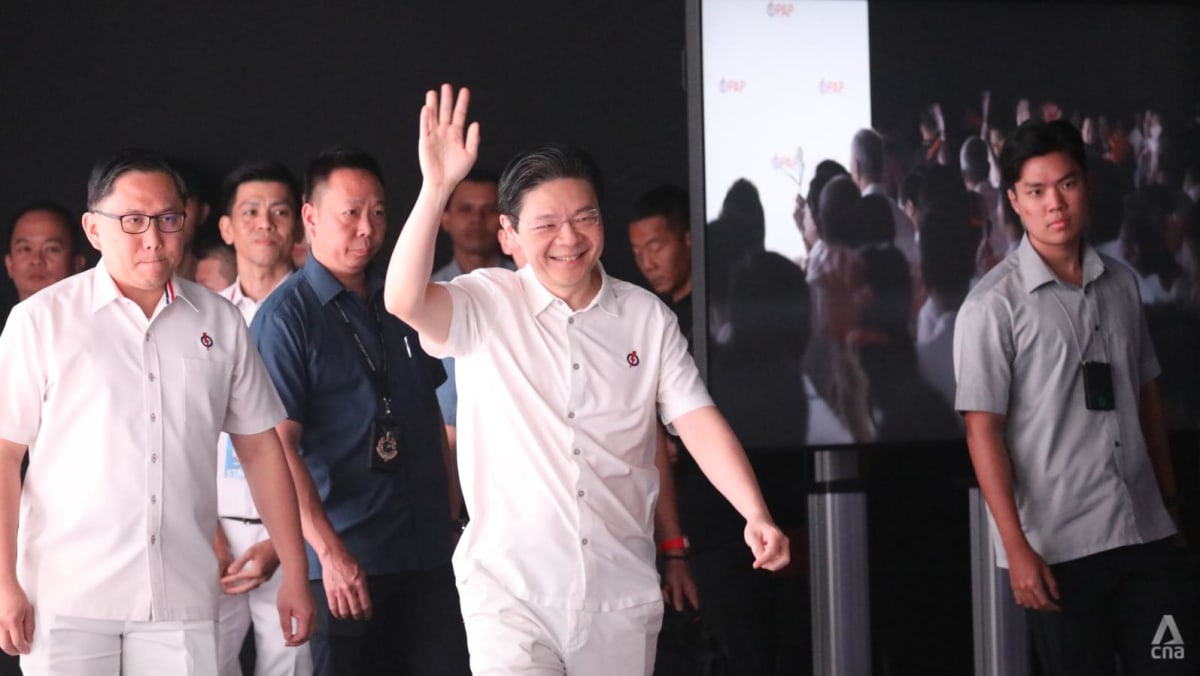
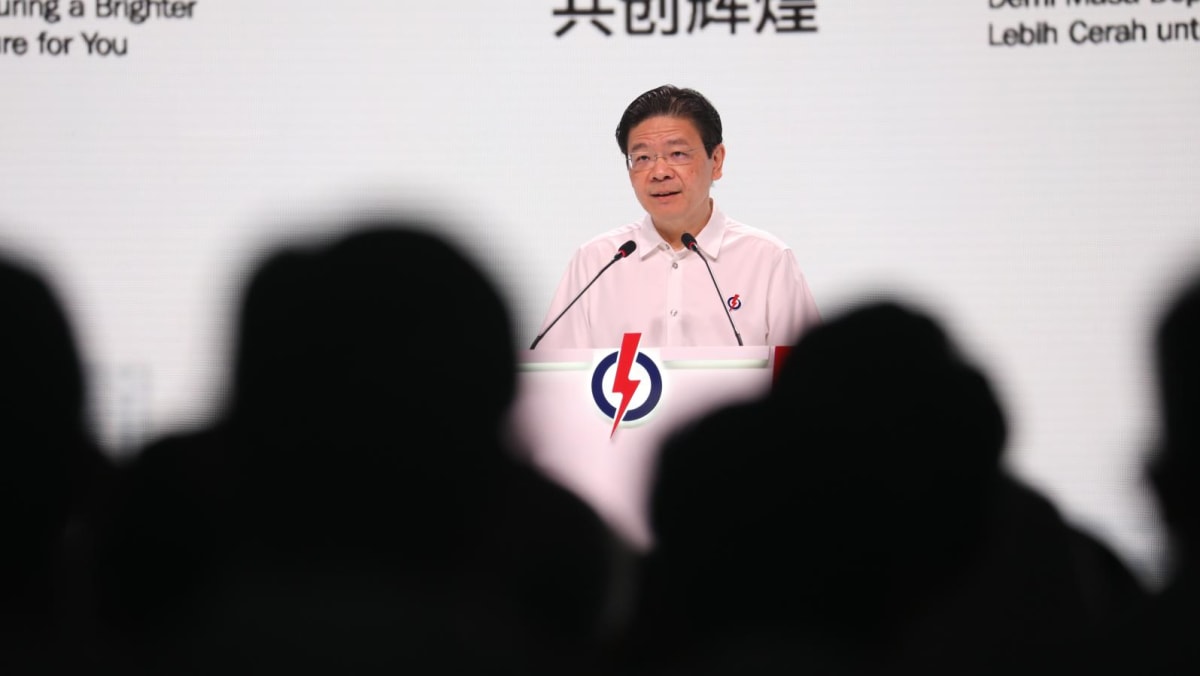
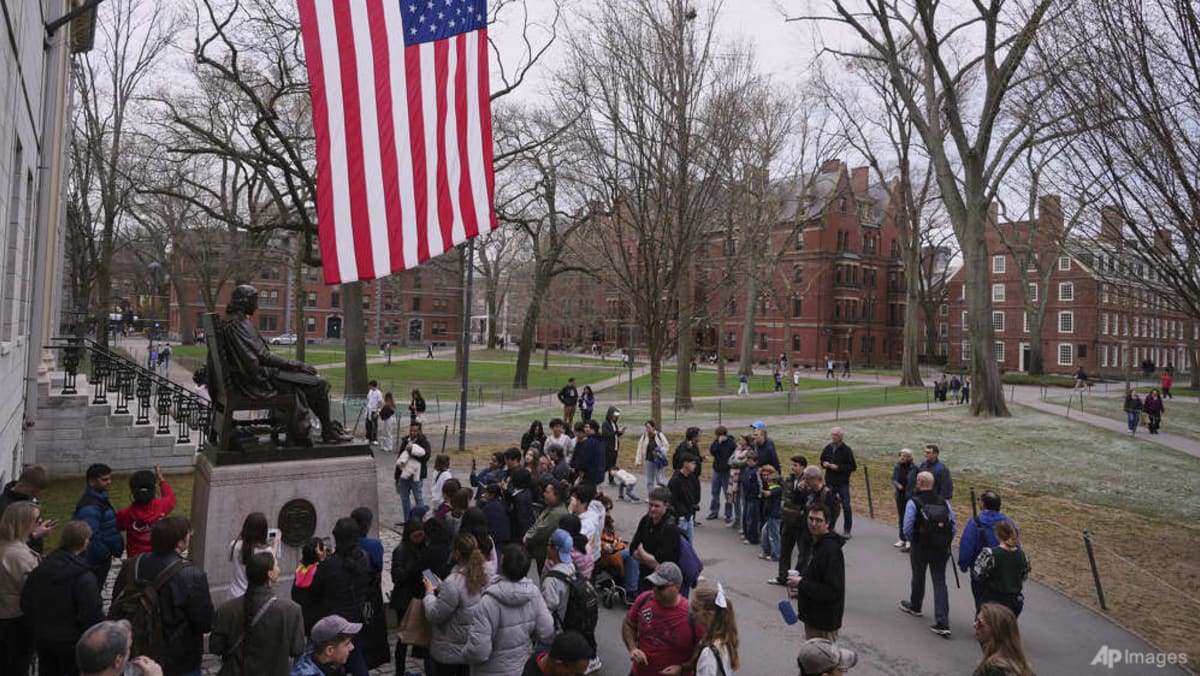
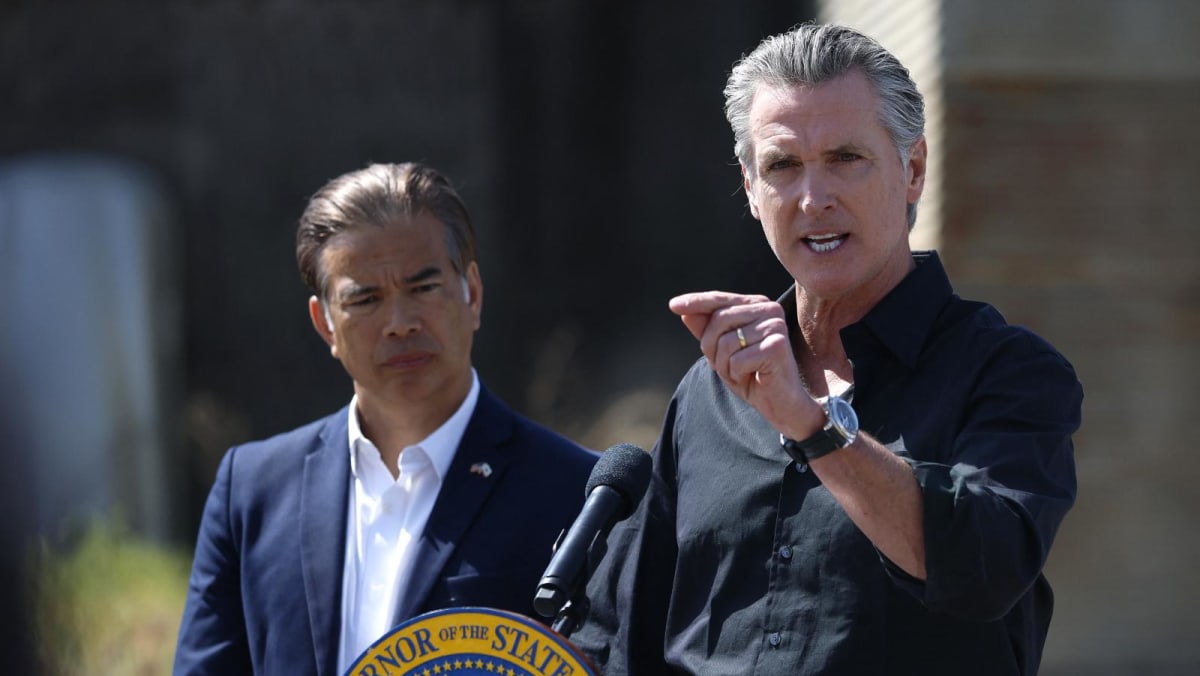

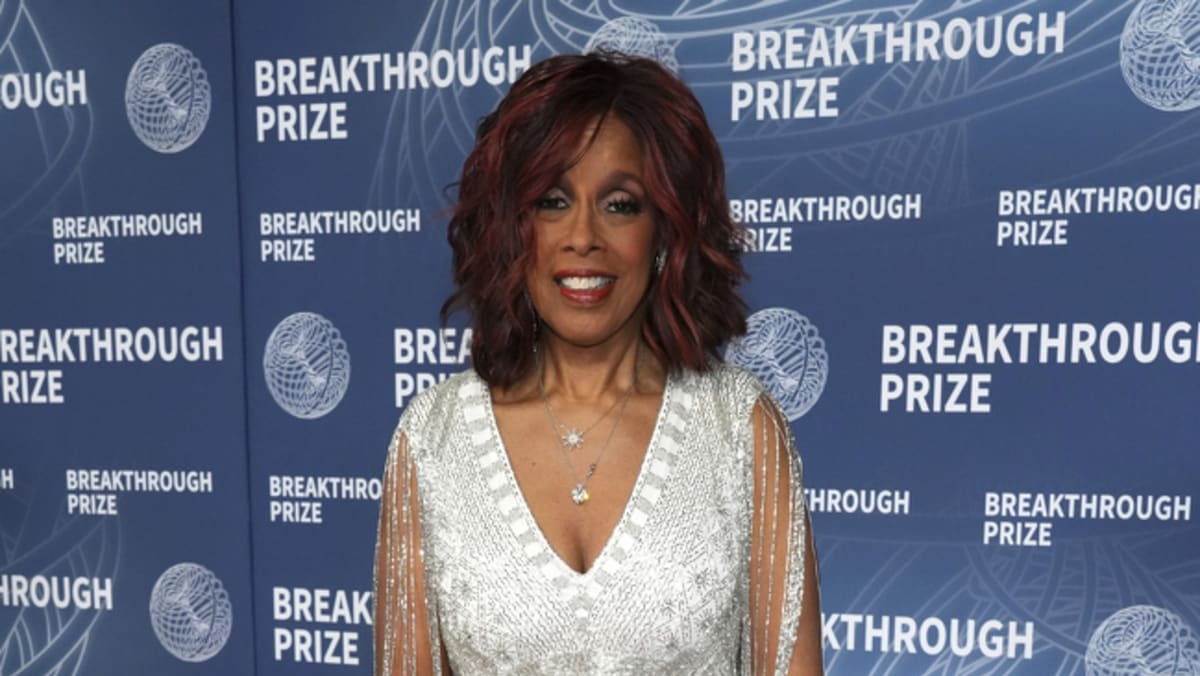
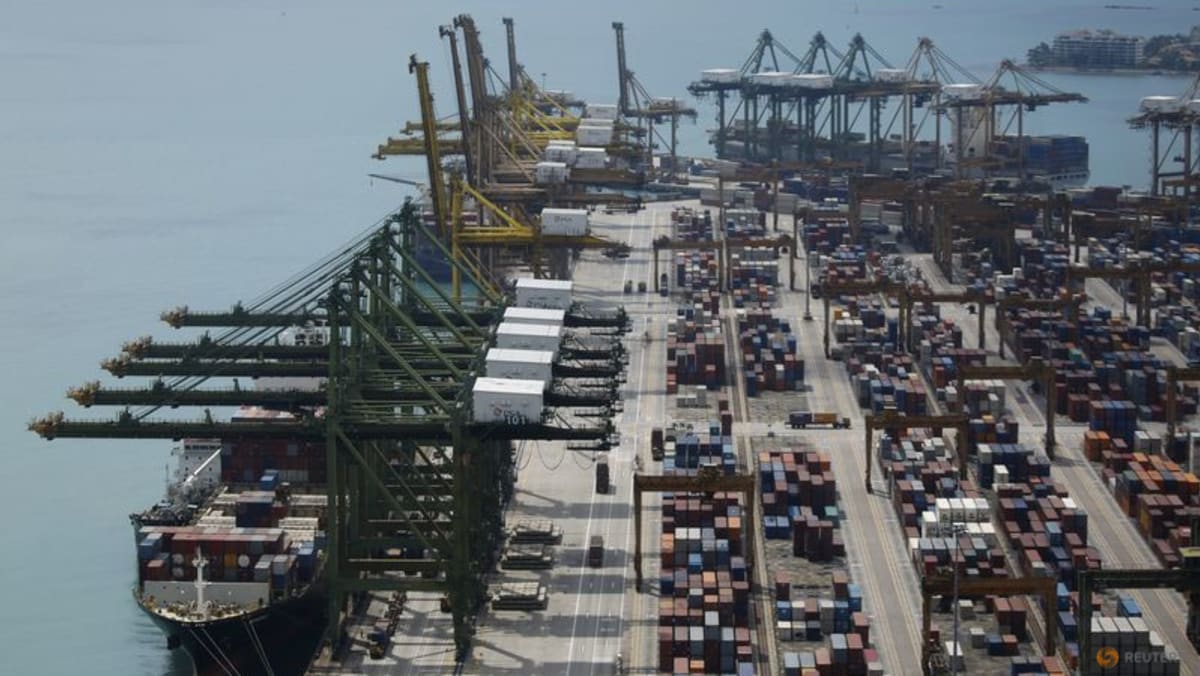
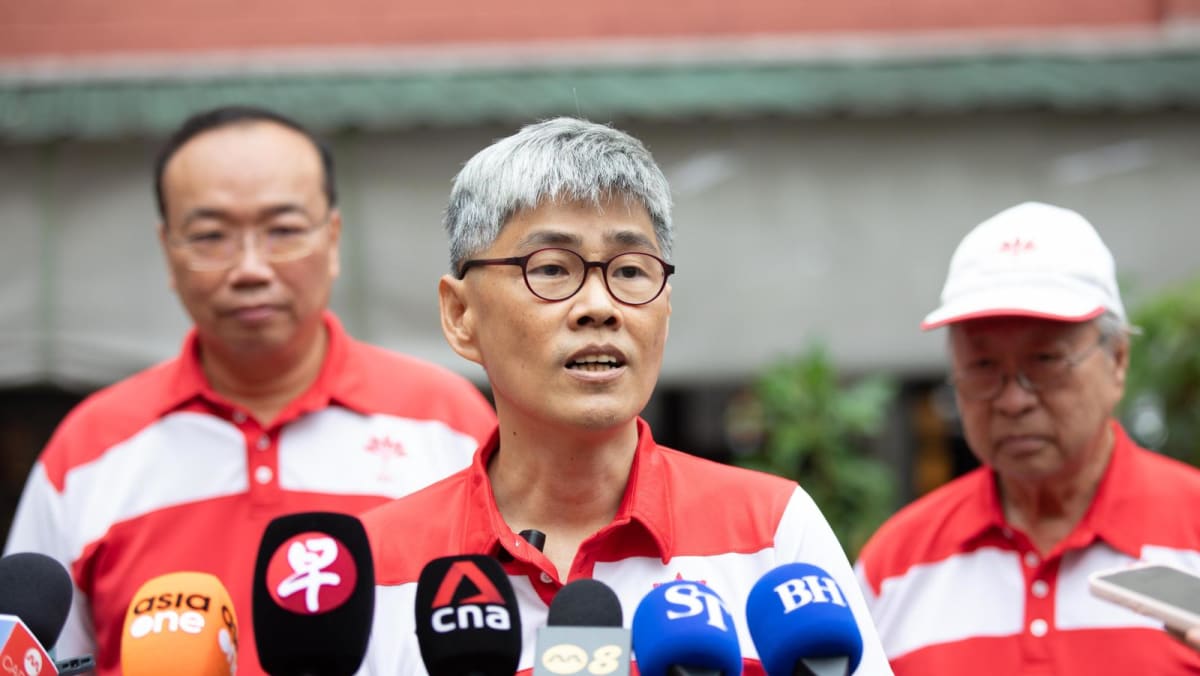
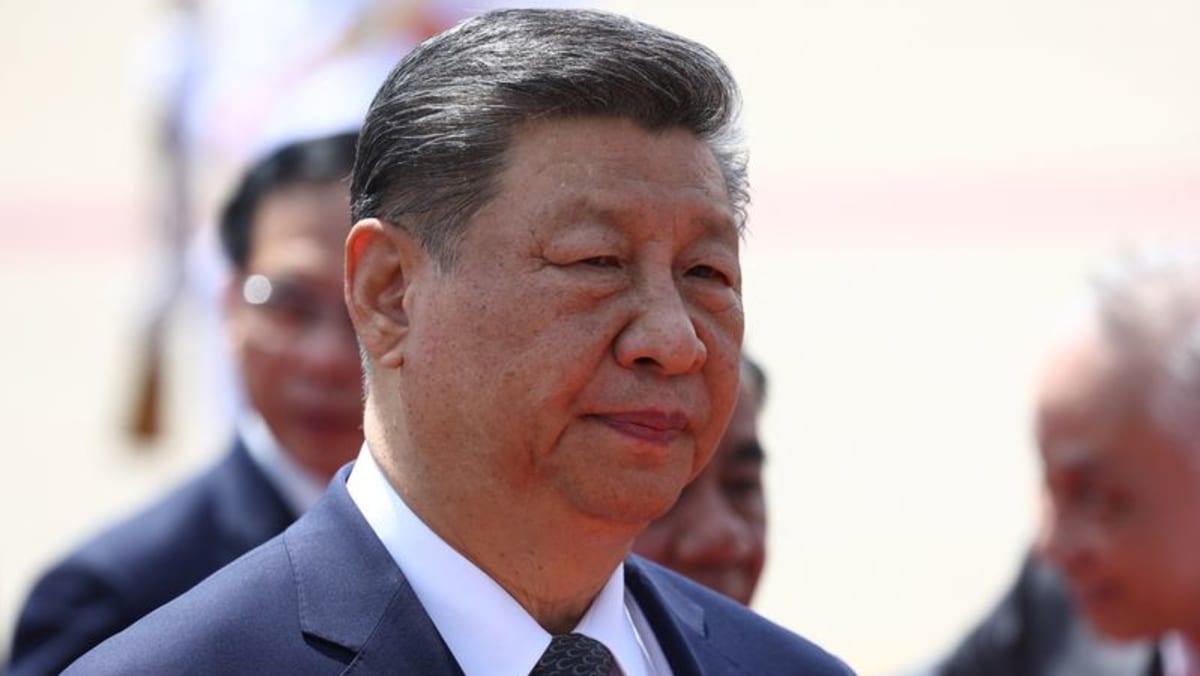
.png?itok=erLSagvf)
